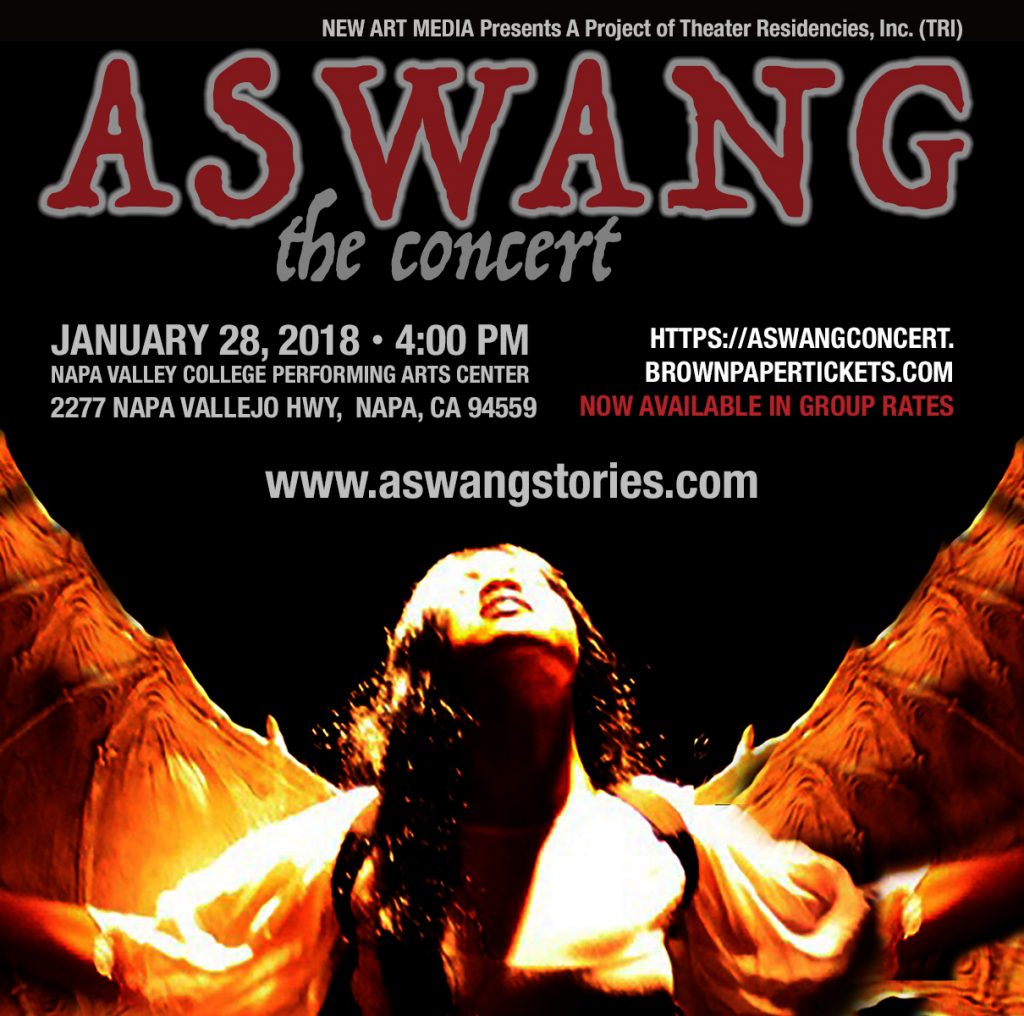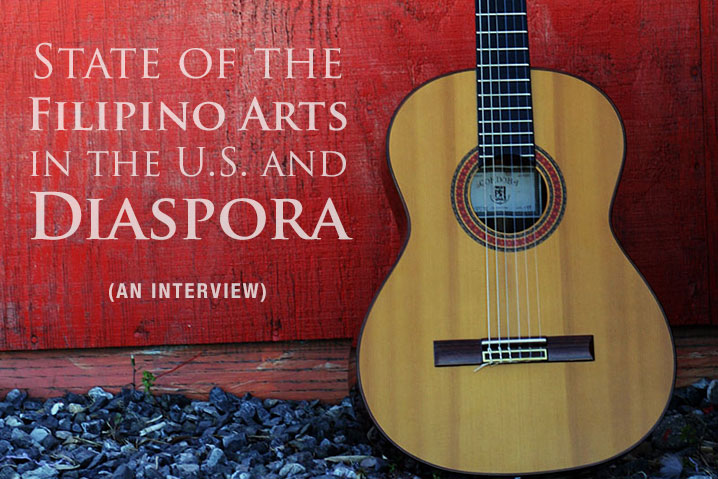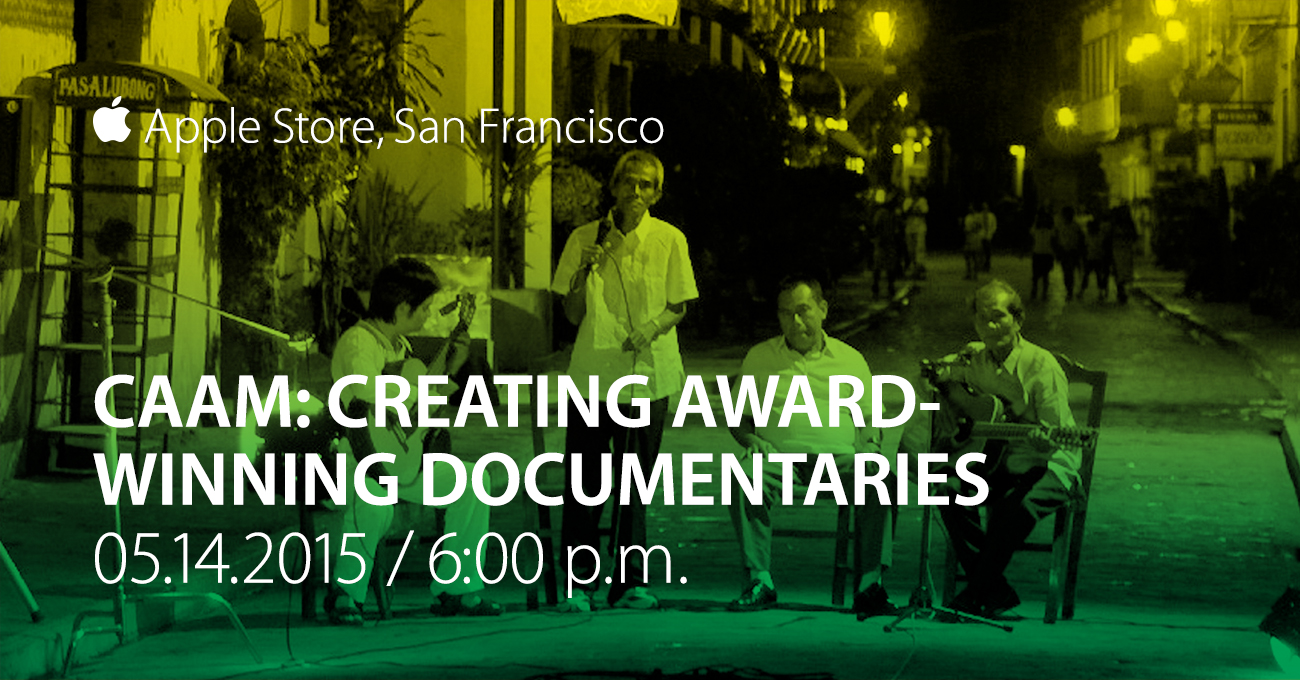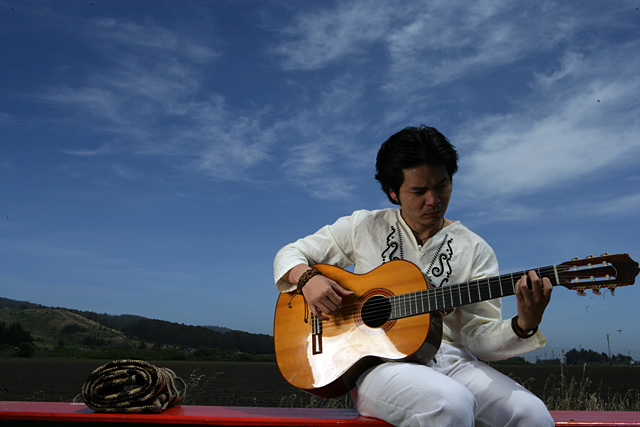FOR IMMEDIATE RELEASE
ASWANG Comes Alive in Napa on January 28, 2018
December 13, 2017 (NAPA, CALIFORNIA) – New Art Media Productions, the makers of the award-winning HARANA documentary, will kick off the New Year with a live concert for their upcoming feature film, ASWANG, Mga Kwentong Halimaw, a dramatized song cycle exploring stories of fantastical creatures from Philippine folklore, on Sunday, January 28, 2018 at 4pm at Napa Valley College Performing Arts Center.
“ASWANG is inspired by Philippine monster and ghost stories that we enjoyed telling each other when we were growing up in the province. I wanted those creatures to come alive and tell their own stories from their point of view.” – Florante Aguilar, Composer
In the re-telling of the stories of the Aswang, or popular Philippine mythological monsters and ghosts, themes of resilience, survival and persistence are explored. A featured monster is the Manananggal, a commoner by day and a hideous creature by night capable of severing her upper torso and flying into the night to satisfy her hunger for human flesh, is presented within the context of colonial history. Also featured are the stories of the Tumao (a mysterious ape-like beast who roams the mountains of Mount Banahaw in Quezon Province), the Syokoy (a fearsome being of the deep, dark seas), the Tikbalang (a horrifying trickster with a human body and the head of a horse), and the Lady in White (a tormented soul wandering the streets of modern day Manila).
The power of myth depends on who tells the story. In this concert, the Aswang tells their side of the story. Who among us is the real Aswang?
Created, written and produced by husband and wife team Florante Aguilar and Fides Enriquez, ASWANG is an 80-minute live concert featuring Bay Area musical gems: Kristine Sinajon, Leon Palad, Kyle De Ocera, and Los Angeles performing artists, Charmaine Clamor and Giovanni Ortega. Original music is composed by Florante Aguilar and performed live by his ensemble the Fandangueros: Chus Alonso, Sage Baggott, and Greg Kehret.
The one-time concert, a non-profit project of Theater Residencies Inc. will take place on
January 28, 2018 at 4pm at the state-of-the-art Napa Valley College Performing Arts Center.
Tickets range from $12 – $35. Advance tickets and group rates can be purchased at
https://aswangconcert.brownpapertickets.com
For more information please visit https://floranteaguilar.com/aswang
New Art Media Productions supports the works of artists Florante Aguilar and Fides Enriquez. The Napa-based production house focuses on turning these artists’s visions into reality through the medium of music recordings, films and live theater productions.
For inquiries, please contact:
By Email: fides@newartmedia.com
By Phone: (415) 613-0584




